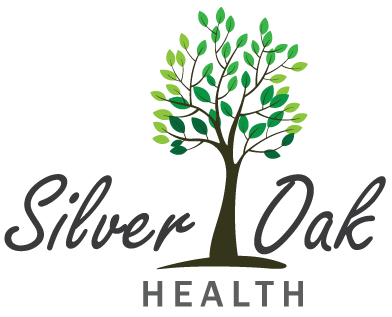No One Left Behind: LGBTQ+ Community and Inclusion in the Workplace
Culture and society are dynamic constructs that are constantly changing and ever-evolving. We have progressed and advanced in many fields such as healthcare, business, education and mental health, among many others. In recent times, one of the most important issues worth fighting for includes the fight for the rights of people, no matter what their socioeconomic status, ethnicity, religious or sexual orientation or status or disability.
There remains a great deal of stigma surrounding gender fluidity and sexual orientation and the LGBTQ+ community in general. Unfortunately, this stigma comes from ignorance and not having an attitude of openness and acceptance towards anything that feels different or doesn’t fit in with our idea of “the norm”. Well, we are all due for a wake-up call. We say out loud “Be who you are” and “Be true to yourself” yet in policy and practice, there are few safe places to express oneself without fear of judgment. Blatant as well as covert discrimination, harassment, job opportunities lost, emotional distress suffered – this and many more are the consequences for someone expressing themselves as they are. This is not a sign of an enlightened society.
A truly just and advanced society is an equitable one, one that does not penalize based on sexual orientation, one that is not merely inclusive of but welcomes members of the LGBTQ+ community, and one that accommodates all the colourful facets of humankind with open arms, not just symbolically but in real life.
Here are some ways organizations can be more mindful and inclusive in the workplace in various areas:
Policy. Every organization should prepare an inclusion statement that commits to taking concrete action to ensure that people from the LGBTQ+ community are welcome and are assured a safe and harassment-free place of work. Diversity, equity and inclusion policies should include a strict zero-tolerance policy for discrimination and harassment.
Awareness. Training and sensitivity workshops for the entire workforce including both higher and lower tiers of staff to increase awareness goes a long way in breaking the stigma around gender fluidity. Language is a big part of this: practising and encouraging gender-neutral vocabulary is key. Practices that show that the organization cares include gender-neutral job descriptions while hiring, gender-neutral data forms and not asserting binary dress codes.
Support. An inclusive workplace is one where an employee can feel safe being themselves. Organizations should provide access to mental health support and other necessary resources such as Employee Resource Groups (ERGs) for LGBTQIA+ employees and show their support as allies by providing benefits to further enhance awareness and acceptance of the community.
Infrastructure. Inclusion remains merely a token term if organizations don’t accommodate the various practical needs of the community. An example of this is washrooms for transgender folks whether by building gender-neutral washrooms, separate bathrooms or else providing access to use the washroom of the gender they identify with. Each person’s basic needs must be met with dignity.
Computers see the world in 0s and 1s, but human beings are not binary and one-dimensional. We shouldn’t reduce ourselves to seeing the world only in black and white; instead, we should be able to appreciate the entire spectrum of colours in between. As the tide of time changes and the world evolves, we must evolve with it.
Author: Debanjali Saha
Debanjali Saha is a counselling psychologist who works primarily with young adults using a compassion-focused approach in therapy. She is very passionate about Self-Compassion, a topic she has been researching since 2014. She has started a wellness community called Couch of Compassion, where she tries to help people relate to themselves with kindness through her writing and workshops.



